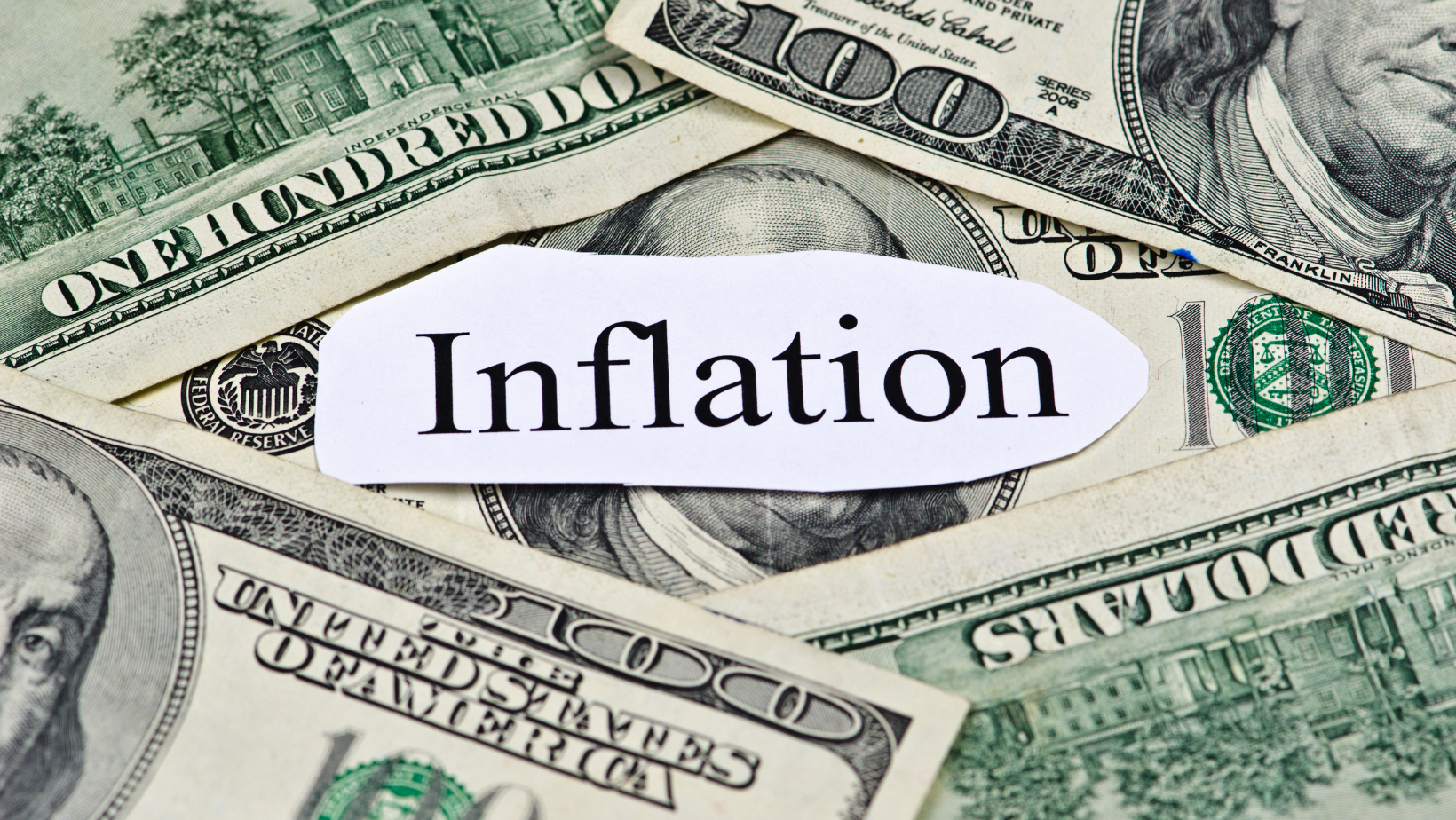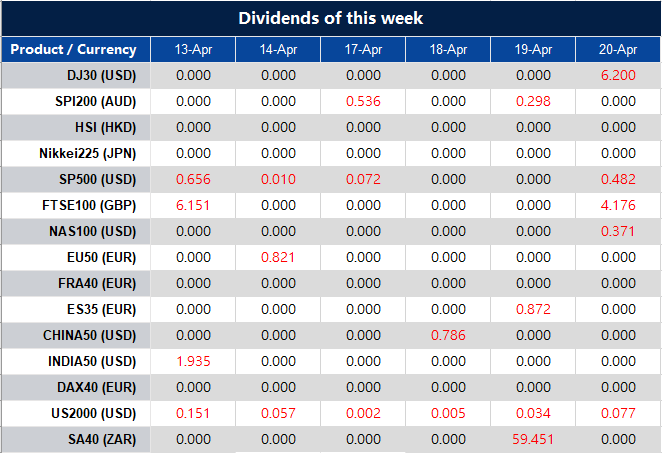Understanding the Basics of Rate of Inflation
Rate of inflation refers to the percentage change in the general price level of goods and services in an economy over a specific period, usually a year. It is a key economic indicator that measures the rate at which prices are increasing, and it affects consumers, businesses, and the overall economy. A higher rate of inflation means that the same amount of money buys fewer goods and services, reducing purchasing power and potentially leading to economic instability.
Different Types of Inflation
There are several types of inflation, and understanding each type is important to determine the appropriate course of action.
One of the types of inflation is cost-push inflation, which occurs when the cost of production rises, leading to higher prices for consumers.
Another type is demand-pull inflation, which occurs when the demand for goods and services exceeds the supply, resulting in higher prices.
Deflation occurs when the rate of inflation goes negative, leading to a decrease in prices.
Disinflation refers to the decrease in the rate of inflation over time.
Reflation is the opposite of deflation, and it occurs when there is an increase in the rate of inflation after a period of deflation.
Creeping inflation refers to a slow increase in the rate of inflation, while walking inflation refers to a moderate increase in inflation.
Running inflation refers to a sudden and rapid increase in the rate of inflation.
Finally, hyperinflation occurs when the rate of inflation becomes extremely high, leading to a loss of value of the country’s currency.
The Effects of Rate of Inflation on the Economy
The rate of inflation has a significant impact on the economy. When inflation is high, the cost of goods and services increases, which reduces purchasing power. This, in turn, leads to a reduction in demand for goods and services, leading to a decrease in production and eventually leading to unemployment. The increase in prices of goods and services also results in a decrease in the value of money.
Inflation can also lead to higher interest rates, as central banks try to control the rate of inflation. This, in turn, leads to an increase in the cost of borrowing, making it more difficult for businesses to obtain loans to finance their operations. Additionally, inflation can also lead to an increase in the cost of living, leading to a decrease in the standard of living.
Measuring Rate of Inflation
The rate of inflation is typically measured by calculating the percentage change in the price level of a basket of goods and services over a period of time. There are different ways to measure the rate of inflation, but the most common methods are the Consumer Price Index (CPI) and the Producer Price Index (PPI).
The CPI measures the average price change of a basket of goods and services typically consumed by households. The goods and services included in the CPI are weighted according to their relative importance in the average household’s expenditure. The CPI is usually calculated on a monthly basis and is used to measure changes in the cost of living over time.
The PPI, on the other hand, measures the average price change of goods and services at the producer level before they reach the consumer. The PPI includes goods and services used in the production process, as well as intermediate goods and services. The PPI is often used as a leading indicator of future changes in the CPI.
To calculate the rate of inflation, you would compare the CPI or PPI from one period to another, usually a month or a year, and calculate the percentage change. For example, if the CPI was 100 in January and 105 in February, the rate of inflation would be (105-100)/100 = 5%.
Protecting Against the Rate of Inflation
There are different ways of protecting against the rate of inflation. One way is to invest in assets that increase in value with inflation, such as real estate, stocks, and commodities. Another way is to invest in bonds, which can provide a steady stream of income and help offset the effects of inflation.
Additionally, it is important to diversify investments across different asset classes to spread the risk. Another way to protect against inflation is to save in high-yield savings accounts or certificates of deposit (CDs) that offer interest rates that keep up with inflation.
























